On-page SEO: 10 Simple Tips for Getting Ranked on Google
Keyword research is the process of discovering what keywords and phrases your target audience uses to search SEO Anomaly for the topic you want to show up for in organic search results. The goal of keyword research is to find keywords that can drive traffic to your website. On-page SEO is more than a checklist of factors that you need to optimize and maintain. It’s the gateway to getting your content in front of users, growing your brand, and maintaining a loyal customer base.
Schema Markup
Highlight what’s unique about your article and include your main keyword. Alt text, short for alternative text, is a short description of an image. When you’re editing a page in WordPress, click on an image to add alt text. A field labeled “Alternative text” will display in the right sidebar under the block tab. When you click on Focus Keyword, you’ll see an analysis of how you’ve used your target keyword.
If they visit your website again, the website can be loaded from the cache. You don’t have to worry about milliseconds, but don’t expect awesome performance from providers that offer hosting for $0.10/month. To implement all the technical stuff perfectly, you may need a developer (unless you know something about HTML/CSS minifying or DOM elements).
With the help of RevenueCloudFX’s extensive suite of marketing technology, our clients get more out of their campaigns. From in-depth campaign insights to actionable data, RevenueCloudFX empowers businesses to do more with their campaign data and accelerate their ROI. On-page SEO and off-page SEO already seem like a lot to take in, but it’s not the entire landscape of SEO. You will probably come across other types or subdisciplines of SEO, such as technical SEO, local SEO, multilingual SEO, etc. This is because the user can see the URL both in the address bar and on the SERPs. And based on that information, users a) can choose to click on some results over the others and b) know where they are on the website.
Additional Articles on On-Site SEO
These were fresh domain names that had never been registered before. Well, those stock images could be hurting your SEO (or at least they might not be helping it a whole lot). In this chapter I’ll show you how to make sure that your SEO content checks all of these boxes. Semrush also offers a suite of other tools that make it the all-in-one companion for on-page SEO. This can fast-track a lot of the key aspects of on-page optimization.
Solving key challenges for businesses
- The design might be the most underrated part of content marketing.
- Dynamic Yield, for example, integrates with Google Analytics 4 and pulls that data to offer personalisation to the user.
- Before adding new pages, take time to plan where each page fits within your website’s categories, subcategories, and overall structure.
- URLs are used by Google to understand your site structure and individual pages.
- Optimizing URLs and internal links is essential for improving your website’s crawlability and user experience.
After all, pages ranking well in search results appear more often in AI Overviews. Make sure you use a unique title tag for every page to inform search engines and users what each page is about. Long-tail keywords are specific, and typically longer phrases, that users might enter into search engines when looking for highly niche or detailed information. Your title tag gives search engines a high-level overview of what your page is all about.
It tells the user’s browser where to display what on the page and it also tells search engines what your page is about. While off-page factors like backlinks and brand signals are critical, optimizing on-page elements lays the groundwork for maximizing search visibility. On-page SEO is fine-tuning various website components to help search engines crawl, understand, and rank pages for relevant queries. Check any internal links to this page for bounce backs or other errors. Are there links to pages you could add to help visitors find information they need? Could you replace any links or move a link to help guide someone to the next page?
The article doesn’t begin with a long thesis about the history of SEO, then eventually circling back to on-page SEO. We’re also answering additional adjacent questions and showing you how to optimize your pages for search engines. Looking to the future, search engines are exploring ways of using relationships between entities, not just keywords, to determine topical relevance. It further reads the depth of your web pages from the home page itself and even indicates the number of clicks a user does to reach a specific page. Along with this, the interface also distributes different metrics in detailed categories such as ‘Indexation’, ‘Technical’, ‘HTML’, ‘Content’, ‘Links’, and ‘Sitemap’.
To show your page in the search results, Google must first know about that page. It has to be indexed by Google, meaning that this page has been stored in their index. And for that to be possible, you must ensure you’re not blocking Google from indexing your post or your whole site. So check if you’re not unintentionally doing that (we still see this happening!), and ensure your site is indexed. Keyword research is crucial as it identifies what people are searching for, their questions, and the phrases they use to find answers.

